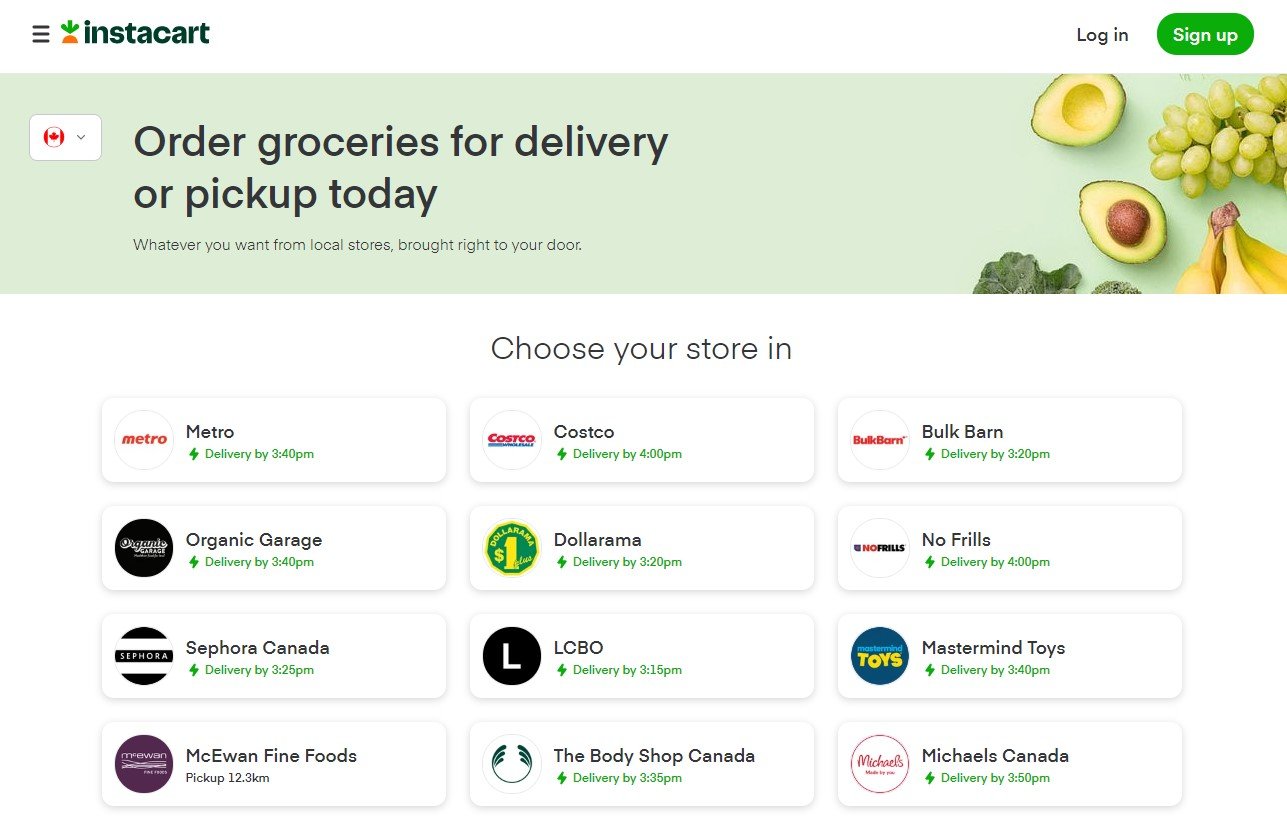As we enter the digital age, more and more aspects of our lives are becoming reliant on technology.
From keeping in touch with loved ones to managing our finances, technology is increasingly essential. However, for many older adults, the use of technology can be intimidating and confusing. While younger generations have grown up with smartphones and the internet, older adults often miss out on learning how to use these tools effectively. As a result, they can feel left behind and isolated.
Technology can offer a ton of benefits to older users including helping to keep in touch with loved ones, stay informed, and stay active. And while many are reluctant to learn new skills, learning to use technology doesn't have to be difficult. With a little patience and some basic instruction, you can start using technology like a pro.
This post will explore some of the common barriers between older adults and technology and suggest ways to overcome them. Keep reading to learn more!
Barriers Between Older Adults and Technology
While many older adults understand the benefits of using technology, there are several barriers that prevent them from getting started. These include:
Lack of experience and confidence. Many lack the experience and confidence necessary to use technology. This can be a result of never having used technology or not using it regularly. For some, the idea can be downright daunting.
Lack of access to technology. Older adults may also lack access to technology. This can be due to financial constraints or not having the right type of technology. For example, many seniors don't have a computer or smartphone, and may not have internet access.
Fear of making mistakes. Many are afraid of making mistakes when using technology. Some are worried about appearing foolish, while others worry about consequences of mistakes such as making an accidental purchase, falling for a scam, or damaging the device.
Lack of motivation. Older adults may also lack the motivation to use technology. This can be due to a lack of interest in technology or feeling like they don't need it.
While there are plenty of reasons older adults resist technology, there are also lots of reasons many are excited to get started.
Benefits of Older Adults Using Technology
Advances in technology have changed the lives of people of all ages, but there are several core benefits that older adults can reap from technology such as smartphones, tablets, internet connectivity, and apps.
One of the main advantages of using technology is staying connected with friends and family. With modern devices, it's easy to stay in touch with loved ones no matter where they are in the world. Whether you're video chatting with grandkids or sending a quick text, technology can help you stay connected.
Another benefit is easy access to information. With a few clicks, you can find out about anything you're curious about. From the latest news and weather forecasts to learning about historical events or the latest tech, technology gives you instant access to a trove of information.
For many older adults, technology can help with independence. You can use a laptop, tablet, or smartphone to do things like manage your finances and shop for groceries without having to rely on others.
Instacart is just one of the many tools available to help connected seniors with everyday tasks.
Technology can also help you stay active and engaged in your hobbies and interests. For example, you can use devices and apps to join online classes, track your fitness, or join online groups and forums where you can connect with others who share your interests.
Using technology can even save you time and money. Once you get used to being online, you can use the web to compare prices, find coupons, and book discount travel deals quickly and easily.
Tips for Getting Started with Technology
Whatever the reasons for older adults not using technology, there are ways to overcome these barriers. Here are a few tips to get you or a loved one started:
1. Start slow and build up your skills
If you're new to technology, it's important to avoid being overwhelmed by starting slow. There's no need to try and do everything at once. Start with something simple like sending an email or text message. Once you're comfortable with that, you can move on to more complex tasks.
2. Ask for help
If you're having trouble getting started, find someone who can help you. This can be a friend, family member, or even a professional. They can help you understand how to use the technology and offer support when you're struggling.
3. Use online resources
There are many online resources that can help you learn about and use technology. Basic classes or tutorials can provide the foundations for using common devices such as smartphones or computers. These resources can be accessed from your computer, tablet, or smartphone.
4. Be patient with yourself
Learning how to use technology can be frustrating at times. It's important to be patient with yourself and understand that it takes time to learn new things. If you make a mistake, don't worry—everyone does at first. Just keep practicing and you'll eventually get the hang of it.
5. Have fun
Finally, don't forget to have fun with it. Technology can be a great way to connect with others and explore new things. So go out there and enjoy yourself!
Wrapping Up
Technology can be a great way for older adults to stay connected with friends and family, access information, and stay independent. If you're an older adult who wants to start using technology, start slow and build up your skills. There are many online resources and support groups available for those who want to continue learning at their own pace. With a little patience and effort, anyone can become comfortable with using technology.


